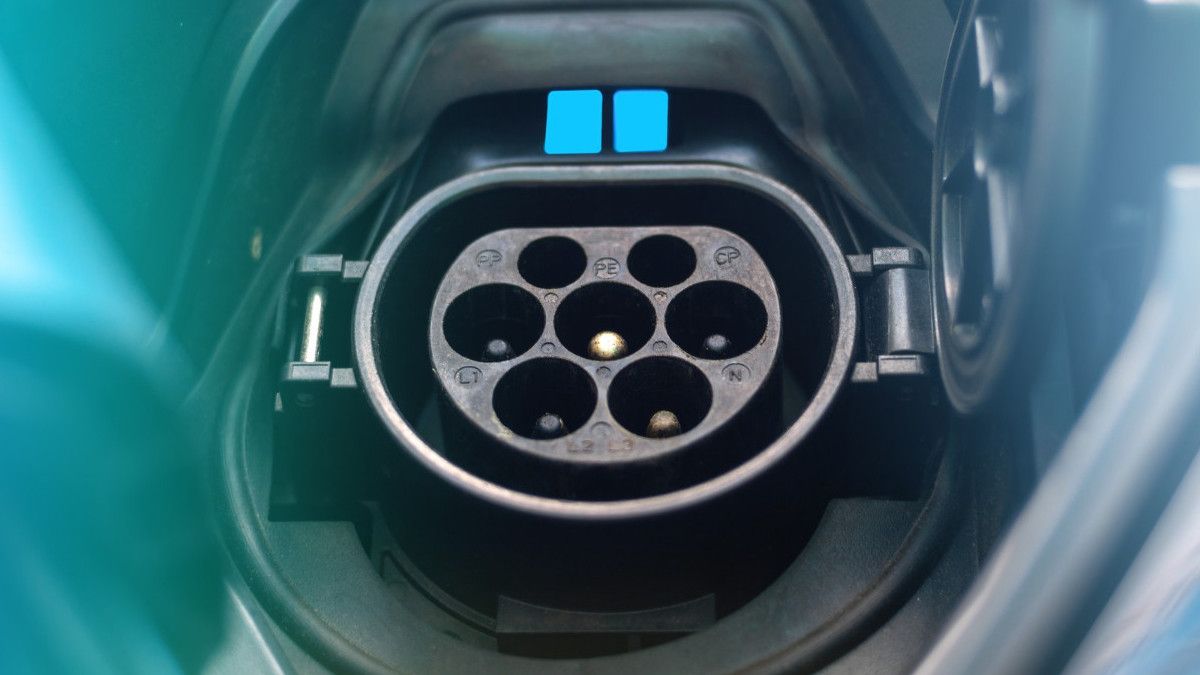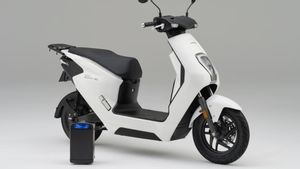YOGYAKARTA - There are a variety of materials used in batteries for electric vehicles. Litium-ion batteries are used in most hybrid and plug-in electric vehicles; nickel-logam-hydrida common for hybrid cars; and newer materials are being introduced as raw materials for electric car batteries, such as lithium polymers and lithium iron phosphates, with more in view to challenge those commonly used.
Each battery ingredient has its own strength and weakness. Nickel-logam-hyhride has moderate costs but is lower in density than other batteries, while iron phosphate lithium batteries use lithium-ion chemicals but with iron phosphate cathode so that, when compared to other types of lithium-ion batteries, it offers superior heat and chemical stability without risk of fire but with lower energy density.
While lithium polymers can be formed in any way, they are considered more expensive and have lower energy density than standard lithium-ion.
Lithium-Sulfur
In the pipe there is also a lithium-sulfur battery with sulfur cathode that can be recharged for, in theory, powering electric cars three times more than today's lithium-ion batteries at the same weight and at lower costs. The theory is being tested by a researcher led by Professor Kimia Linda Nazar, Ph.D. at the University of Waterloo. In 2009 his group demonstrated the feasibility of lithium-sulfur batteries using nano materials. Since then, this group has focused on stabilizing sulfur, given that although it is abundant, light and cheap, it is also easily dissolved from incoming electrons.
Experiments have now shown that the oxygenated surface of ultra-tipaneated nanosheet mangan dioxide (MnO2) chemically recycles sulfides in a process involving surface-bound intermediate substances called polythiosulfatates is in such a way that instead of being quickly dissolved in batteries, recharges batteries. through more than 2000 cycles.
The group categorizes a reaction as one similar to one found in an early sulfur chemical experiment conducted in Germany around 1845.
Ion lithium
Lithium-ion is an option material for Tesla Motors electric cars. Working with Panasonic, they have halved battery costs and increased storage capacity by 60%. DuPont also sells Energain-branded lithium-ion batteries for electric cars that are claimed to be 15% to 30% more powerful than other electric car batteries.
In lithium-ion batteries, negative electrodes are made of graphite, a form of carbon, positive electrodes are made of metal oxides, such as lithium cobalt oxides, and the electrolytes are lithium salt dissolved in organic solubles. The movement of lithium ions between electrodes creates battery energy. The lithium-ion battery is known to be light but easy to break with age.
The British company Nexeon makes lithium-ion batteries with silicon as opposed to carbon anodes with higher energy density advantages per mass unit relative to other batteries and capacity building of up to 40% and a longer life increase. The company also claims lower production costs compared to other materials and a possible lighter design that is suitable for hybrid vehicles.
Litium-Oxygen
Also able to recharge more than 2,000 cycles is a lithium-oxygen battery developed by researchers from the University of Cambridge. Professor Clare Grey, the research lead, believes an applied version of their prototype could be a decade away. Their version consists of carbon electrodes made from graphics (containing from a single atom sheet of atoms thick as one atom), and an additive that alters the chemical reaction working on the battery, making it more stable and efficient. In particular, this battery uses hydroxide lithium as a substitute for lithium peroxide, and adds water and lithium iodide as a mediator so that the battery undergoes less chemical reactions, making it more stable.
The researchers reduced the 'voltage gap' between charging and emptying to 0.2 volts compared to previous less efficient versions of lithium-air batteries. Efficiency, which can be tracked to highly porous graphics electrodes, greatly increases the paradroots' capacity which can only be recycled in pure oxygen. This group works to protect battery metal electrodes from forming lithium metal fiber, or dendrit, which can cause battery short circuits.
After learning about the raw material for electric car batteries, see other interesting news on VOI, it's time to revolutionize news!
The English, Chinese, Japanese, Arabic, and French versions are automatically generated by the AI. So there may still be inaccuracies in translating, please always see Indonesian as our main language. (system supported by DigitalSiber.id)













